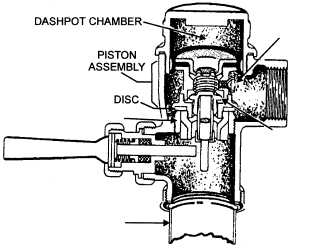Table 5-5. - Operation of Diaphragm Flushometer - Continued


Figure 5-43. - Piston-type flushometer valve.
dashpot chamber. This forces the piston assembly down onto its seat and stops the water flow. The closing of the valve is regulated by a screw that controls the amount of time the valve stays open.
REPAIRS
Flush valves give years of adequate and trouble- free operation when they are properly installed and maintained. Continuous flow of water through a piston type of flush valve is almost always caused by failure of the relief valve to seat properly or by corrosion of the bypass valve. In both cases, there is not enough force on the piston to force it to seat. If the relief valve fails to seat as it should, the leakage may be enough to prevent the upper chamber of the valve from filling, and the piston remains in the OPEN position.
Inspect the relief valve seat for dirt or other foreign substances that may be causing the relief valve to tilt; disassemble the piston, wash the parts thoroughly, and reassemble. Replace washers that are worn, making sure that the surface upon which the washer sets is perfectly clean; scrape off old rubber if any sticks to the metal surface.
Corrosion of the bypass valve in the center of the top plate also causes continuous flow; the water cannot pass into the upper chamber of the valve, and no force is exerted on the piston to move it downward to its seat. Very dirty water passing through the system can clog the bypass and deprive the upper chamber of water. When pipelines in a new installation are not thoroughly flushed before they are placed in operation, the pipe dope or dirt in them can stop up the bypass valve.
Likewise, in a diaphragm valve, if chips or dirt carried by the water lodge between the relief valve and the valve seat, the relief valve cannot seat securely. The water leakage prevents the upper chamber of the valve from filling with water. The valve then remains in the OPEN position, since there is no pressure to force the diaphragm to its seat.
Short flushing can occur in a diaphragm type of valve. If the valve seat, diaphragm, and guide cover have not been tightly assembled, you should reassemble the valve to ensure proper operation. Sometimes you may find the bypass tube has been tampered with, enlarging it so the water passes rapidly into the upper chamber and closes the valve before the desired volume is delivered. Also, someone may have oiled or greased the valve parts to make the valve operate more easily. What actually happens is the oil or grease swells and ruins the rubber parts, interfering with the action of the valve.
Another commonly used unit is the pressure- valve-head flushometer (fig. 5-44). The most common problem with this type of flushometer is the rubber cap. To replace the rubber cap is a simple task; remove the retaining screws, lift out the plate, and remove and replace the cap.
Q15. What are the two types of flushometers used by Utilitiesman?
Continue Reading